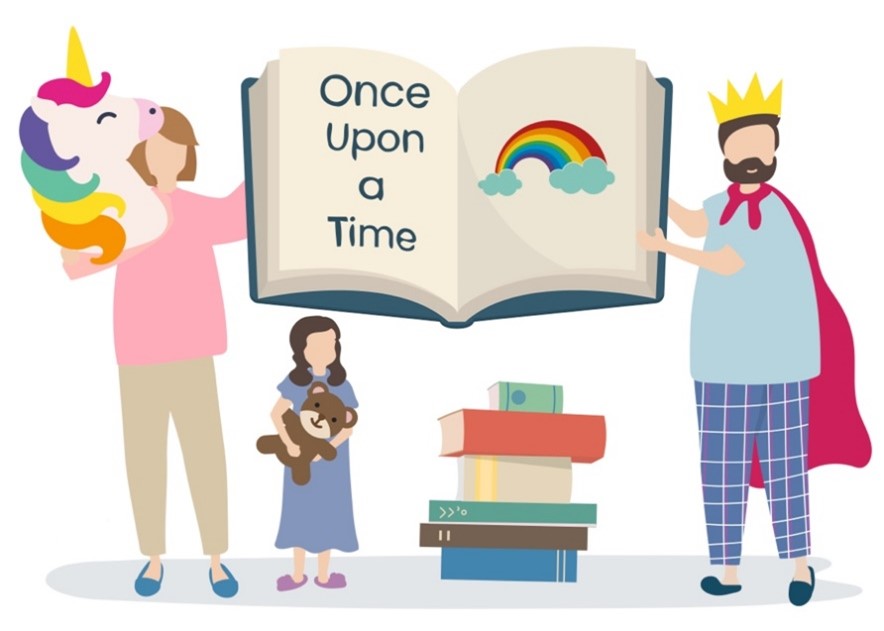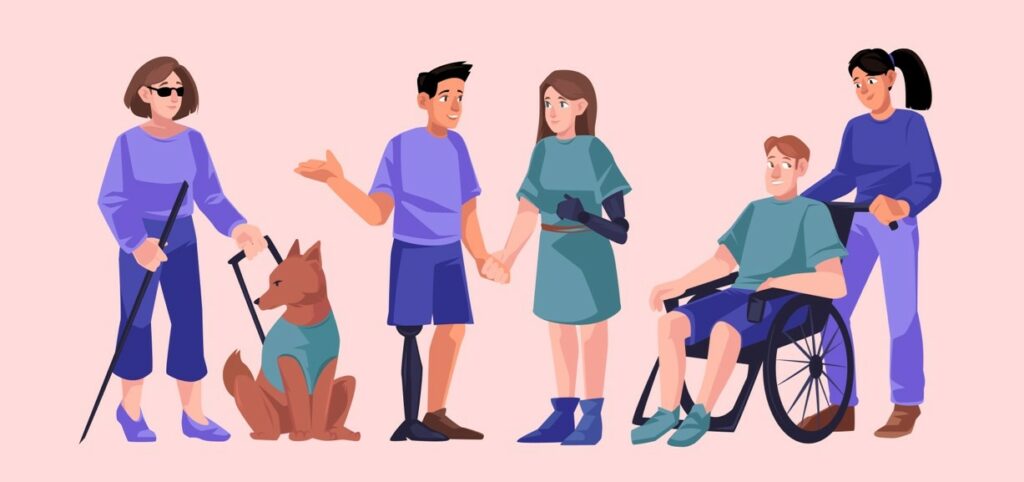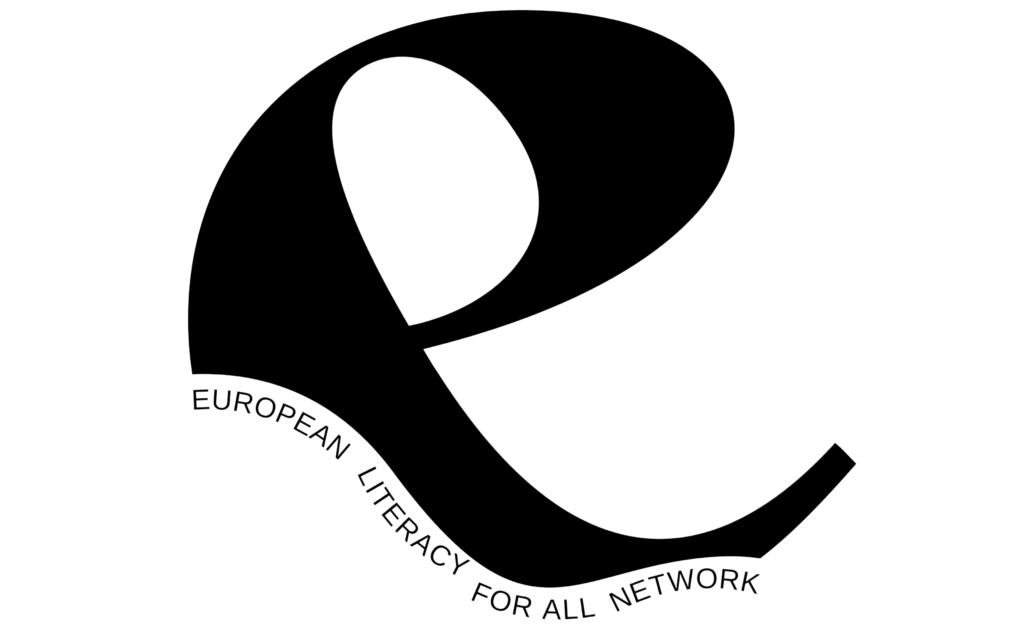The Impact of Tales: Diversity and Child Development
Tales and narratives hold a fundamental place in the world of childhood literacy, acting as catalysts for intellectual, emotional, and social development. From epic sagas of legendary heroes to the stark confrontations between good and evil, these stories profoundly shape young minds. To understand the essential role these narratives, play in literacy development, it is necessary to explore the psychological and pedagogical mechanisms they engage. Stories not only entertain but also teach children about language, provoke critical thinking, and help them to understand complex concepts about the world and themselves. By engaging with stories, children learn to empathize with others and develop their own moral compass, which is crucial in their overall educational journey.

A pivotal study conducted in 2001 by Kristin J. Alexander and her colleagues at Sapient, Inc. illuminated the concept of "story attachment". This attachment refers to a deep and enduring emotional connection with a narrative, transforming it into a powerful tool to help children manage stressful life experiences, such as the arrival of a new family member, the first days at school, or moving to a new environment. The researchers highlighted how fairy tales capture children's attention by reflecting their current emotional concerns, providing them with models to resolve conflicts and navigate significant transitions.
Narratives are not merely for entertainment; they also serve as mirrors and windows. Children see themselves in various roles—heroes, magicians, explorers—while observing other realities and perspectives. It is this duality that enriches their personal and social experience, enabling them to adapt to diverse social situations and develop essential socio-emotional skills for their future integration into society.
However, a frequently criticised aspect of children’s literature is its portrayal of disabled people. Historically, disabled characters were often relegated to peripheral roles or depicted with limited character traits. Recent studies, notably the 2016 study by Price, Ostrosky, and Mouzourou, have noted a trend towards more positive and integrated representations of disabled characters. These characters now participate in everyday activities and have positive interactions with others, contributing to the normalisation of disability within the narrative framework.

In addition to recognising the need for diversity in children’s stories, it is imperative to understand the profound impact that balanced representation can have on all readers. The absence of disabled characters can inadvertently signal that they are less valued. Introducing inclusive stories not only promotes diversity but also encourages positive attitudes towards all differences.
A crucial addition to this discussion is the importance of empathy that these stories can foster in young readers. Studies, such as the one by Mar and Oatley in 2008, have shown that reading fictional narratives improves children’s capacity for empathy and social understanding. This research explains how narratives allow children to vicariously experience diverse emotional experiences, thereby enriching their ability to understand and connect with others in real life.
In summary, tales and narratives play a multidimensional role in child development, acting not only as educational tools but also as facilitators of empathy and social inclusion. Enriching children’s literature with inclusive and diverse stories not only strengthens the identity and self-esteem of young readers but also prepares a future generation to engage more compassionately and insightfully in an increasingly diverse society.
The Role Models project aims to create and collect success stories that accurately depict role models for disabled people. They intend to promote confidence, inclusion, and diversity in the classroom by providing children and teachers with inclusive learning material, both in content and format. By building stories that fairly represent the world of disability, as well as models of success and personal growth, our project aims to encourage inclusion and barrier elimination, while promoting literacy and digital skills.
Bibliography
Alexander, K. J., Miller, P. J., & Hengst, J. A. (2001). Young children’s emotional attachments to stories. Social Development, 10(3), 374–398. https://doi.org/10.1111/1467-9507.00171
Free Vector | Diverse handicap people group, disability concept. disabled character on wheelchair, man and woman with bionic hand or leg prosthesis, blind girl with stick and guide dog, cartoon vector illustration. (2022, 13 January). Freepik. https://www.freepik.com/free-vector/diverse-handicap-people-group-disability-concept-disabled-character-wheelchair-man-woman-with-bionic-hand-leg-prosthesis-blind-girl-with-stick-guide-dog-cartoon-vector-illustration_22273223.htm#fromView=search&page=1&position=11&uuid=10c68229-1dce-4309-b75f-d737c6b3d87b
Free Vector | Family reading a story book. (2018, 20 November). Freepik. https://www.freepik.com/free-vector/family-reading-story-book_3415745.htm#fromView=search&page=1&position=0&uuid=10c68229-1dce-4309-b75f-d737c6b3d87b
Mar, R. A., Oatley, K., & Peterson, J. B. (2009). Exploring the link between reading fiction and empathy: Ruling out individual differences and examining outcomes. Communications, 34(4), 407–428. https://doi.org/10.1515/comm.2009.025
Price, C. L., Ostrosky, M. M., & Mouzourou, C. (2016). Exploring representations of characters with disabilities in library books. Early Childhood Education Journal, 44(6), 563–572. https://doi.org/10.1007/s10643-015-0740-3
